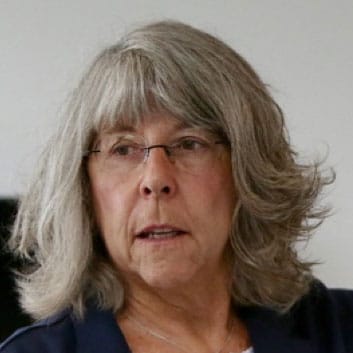By Jan Breiner Frazier
Every organization has its sacred cows — those employees considered above reproach. Until now, you may have been able to justify their position. But as organizations are forced to rethink their staffing models, become leaner, and figure out how to move forward in today’s pandemic-ridden economy, it may be time to face the challenge of analyzing your approach to sacred cows.
Many staff members perceive that these sacred cows are able to work according to their own rules with few consequences for various reasons: personal relationships with leadership, strong technical talent, strong relationships with key funders or constituents, lineage to another super star who is critical to the organization. In some cases, these employees are considered sacred cows for reasons no one can ever really figure out. They flaunt their power and, everyone — including you, knows who they are and talks about them in whispers. Unfortunately, these sacred cows are a fact of organizational politics — and highly destructive.
Every employee commitment survey we administer includes some item related to “fairness,” often in the context of “My manager applies rules and consequences fairly and consistently in the department.” Nine times out of 10, this will be among the lowest rated metrics for organizations that are formally getting employee feedback for the first time. And, more often than not, these sacred cows are at the root of the fairness tree.
The perception of unfairness causes many employees to question their own value and how — or better yet, if — their contributions are really being appreciated by the leadership of the organization. Employees begin to wonder why they work so hard and give so much if the rewards are not fairly distributed. Employees also may wonder just what it takes to get ahead in the organization. And those companies trying to instill healthy corporate cultures — where recognition and rewards are based on performance, team behaviors, and modeling the values of the company — negate any significant progress by protecting the sacred cows.
For those in leadership, what to do? The first step is to recognize there is a problem. When questioned, leadership can get defensive about all the reasons this individual is really valuable, a key player, too hard to replace, has too many community ties, etc. You have your reasons. But weigh the perceived value of one or two problem individuals against the cost of a harmful negative influence on your culture and the rest of your employees. Reign in the mavericks and be sure to apply the same standards to them as you do for the entire workforce. And make sure they understand you are serious.
Strong stakeholder relationships? The relationship needs to be with the organization and not one individual. Strong technical talent? Perhaps, but often behavioral nightmares for their colleagues. Spouses, siblings, in-laws and other relatives? They need to understand that they will be held to a higher standard simply because of the potential perception of favoritism.
An interesting exercise would be to ask your leadership team if there are any sacred cows in your organization and what they believe the impact to be. Then listen. You’ll know what to do.

Jan Breiner Frazier, the managing member of Planning Plus, LLC, has been a consulting professional since 1988. She has designed and facilitated strategic, annual, and operational planning sessions for a multitude of organizations. Her work with non-profit boards and associations has included strategic planning, board development, and committee structure.


